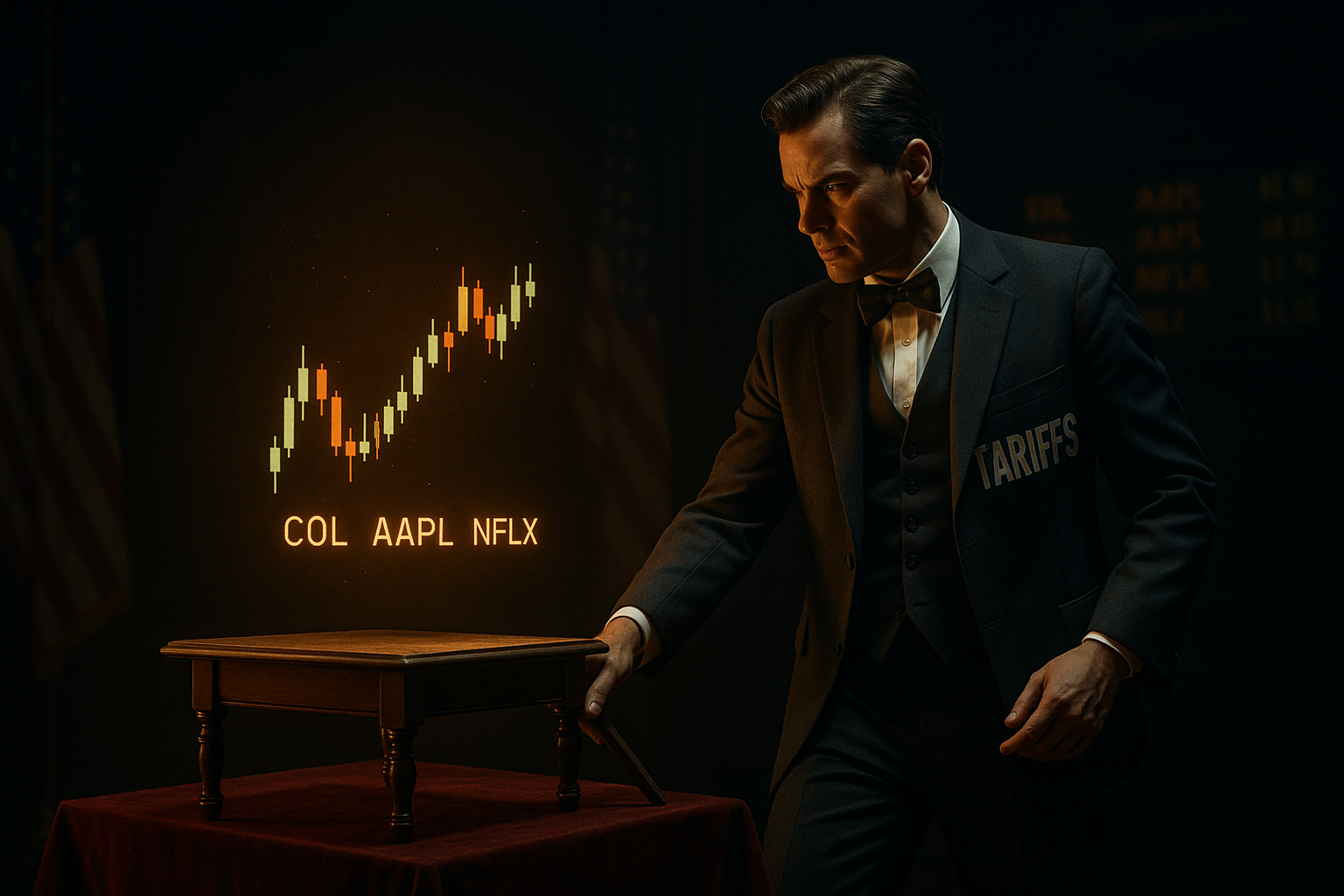Wall Street threw an absolute fit yesterday. No other way to put it, really. The Dow plunged nearly 400 points while the S&P logged back-to-back losses as investors tried—and largely failed—to make sense of the administration's wildly inconsistent messaging on trade.
The trigger? A seemingly routine diplomatic meeting between President Trump and Canadian Prime Minister Mark Carney that veered off-script when Trump casually dropped the bombshell that "We don't have to sign deals."
Well, technically true. Nobody's holding a gun to anyone's head demanding signatures on trade agreements. But c'mon.
What's particularly maddening for market participants (and those of us who've spent years covering these cycles) is that this comment came barely 24 hours after Treasury Secretary Scott Bessent told CNBC viewers they were "very close to some deals." Which itself echoed Trump's own Sunday remarks suggesting imminent agreements.
I've sat through enough market gyrations to recognize when traders have simply had enough. The 400-point drop wasn't just about the comment itself—it was the market equivalent of throwing hands up in exasperation.
"How are we supposed to position portfolios when the narrative changes every six hours?" one hedge fund manager texted me yesterday afternoon. Fair question.
Markets can digest bad news. They can process good news. What they absolutely cannot stomach is this constant policy whiplash that's become the administration's trademark communication style.
Look, I've been covering financial markets for over a decade, and I've developed what I call the "Three-Day Rule" for trade announcements: whatever position officials stake out on Monday will be contradicted by Wednesday, rendered obsolete by Friday, and completely forgotten by the following week.
The current situation reminds me of those old cartoon characters running off cliffs—they're fine until they look down. Investors have been happily running on air, propelled by promises of trade deals, corporate tax cuts, and deregulation. Yesterday was one of those moments when everyone collectively looked down.
(The cartoon analogy breaks down a bit here because unlike Wile E. Coyote, markets actually can recover from falls. But you get my point.)
What's different this time—and I've discussed this with several strategists who agreed—is the market's diminishing tolerance. Earlier similar contradictions might have caused modest sell-offs of 100-150 points. Now? Four hundred. It's as if investors have developed antibodies that trigger stronger reactions with each exposure to policy incoherence.
"It's becoming impossible to model," said Janet Winters, chief investment strategist at Meridian Capital, when I caught up with her after yesterday's close. "And if you can't model it, you can't risk-adjust for it."
The thing that fascinates me most? The absolute conviction behind each contradictory statement. Treasury Secretary Bessent didn't say they were "working toward" deals or "hopeful about" deals. He said they were "very close" to finishing them—a specific claim that sends specific signals to markets.
And then...poof!
Where does this leave investors? Between a rock and a hard place, that's where. Trading volatility directly might work for some sophisticated players, but for most, it's becoming a game of trying to ignore the noise while focusing on company fundamentals.
Which, ironically, is exactly what financial advisors always tell clients to do—but it hits different when the "noise" is coming from those steering the world's largest economy.
As one veteran trader told me yesterday (requesting anonymity because, well, who needs that headache): "I've started treating these announcements like weather forecasts in New England. Might be right, might be wrong, but don't make major life decisions based on them."
Smart advice, that.
In the meantime, markets will likely continue their tantrum until something concrete materializes. Or until the next distraction comes along. Whichever happens first.




